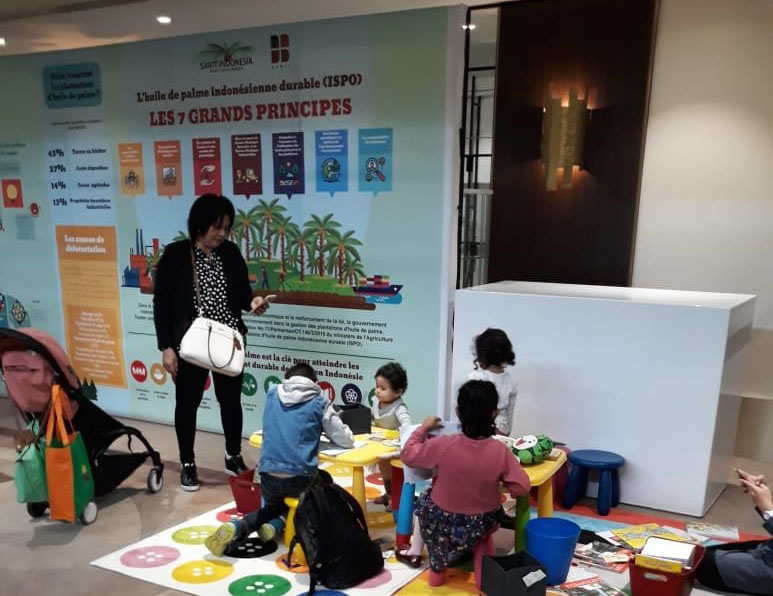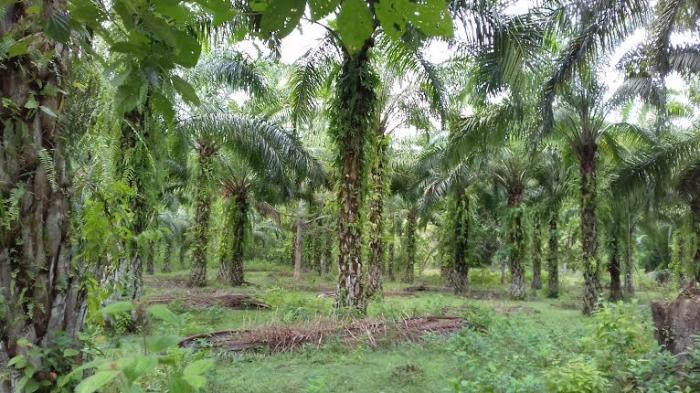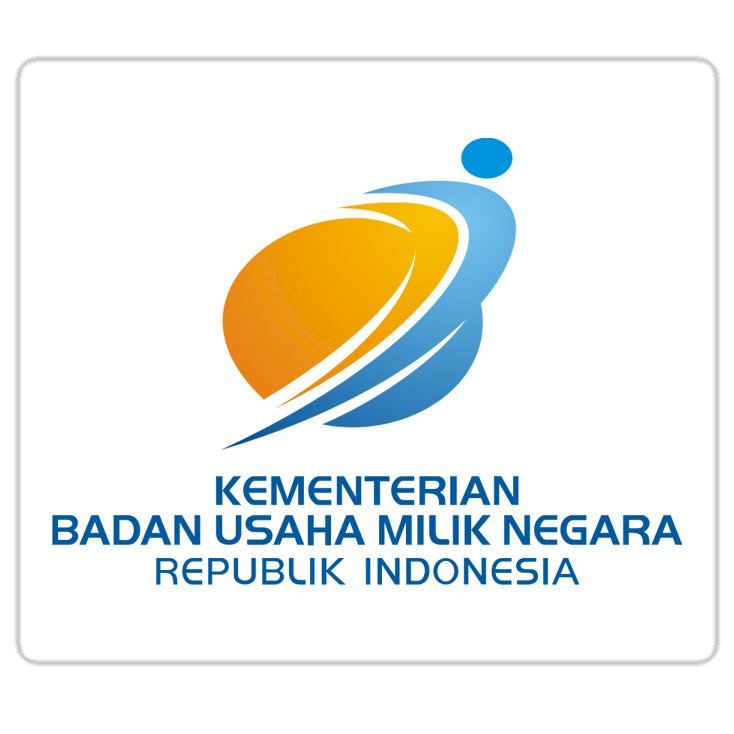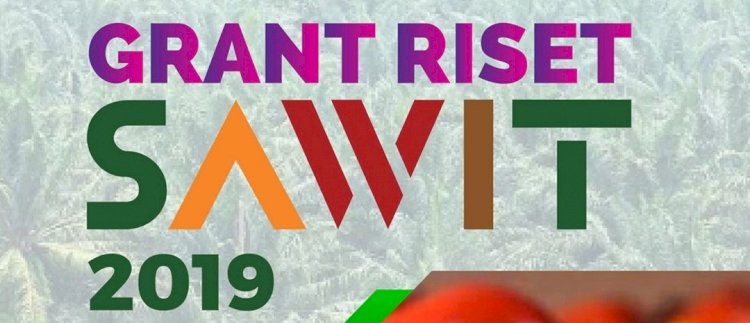Innovation on Oil Palm Trunk Produces Valuable Timber Products
OIL palm is widely known as an oil crop that is found in absolutely everything from food and household products.

OIL palm is widely known as an oil crop that is found in absolutely everything from food and household products. Oil palm trees produces not only fruits but also biomass that can derive many products. One of the products derived from oil palm biomass is the trunk lumber. The Indonesia’s Research and Development Centre on Forestry of Ministry of Environment and Forestry (P3HH) has made an innovation that produces high quality timber products from palm oil trunks. Last June, the products have been introduced to international community at The Indonesia Innovation Day 2019 in Saarland University, Germany. Oil palm trunk are easily found in Indonesia, obtained from oil palms when they are felled for replanting. The oil palms are felled when the production of fruits is no longer economical and replanting is necessary. Currently, Indonesia is implementing replanting program on smallholder plantations, locally know as PSR (Peremajaan Sawit Rakyat). Apart from replacing old trees with new ones, replanting also generates trunks from the old trees that are cut down. P3HH has made an innovation by modifying the trunks with densification and resin impregnation to make the trunks stronger and more valuable. Without modification, the trunks have some weaknesses such as high moisture content, irregular density, irregular structure, decaying, low strength, unworkable, low machining quality, and difficult in finishing. After modification, the trunks become more controllable, adjustable, homogenous, longer resistant, cheap and easy to form. Modified trunks can be used for various purposes, including solid wood products for woodworking and construction; panel products such as Plywood, LVL, blockboard, jointed boards; etc. They can be used as core material for composite panel, blockboard, flash doors, or furniture components. Utilization of the trunks is also environmentally friendly. It can reduce pressure on natural forests, absorb more carbon (28tC per hectare), reduce global warming, as well as reduce pests and diseases. The utilization process will also create more jobs, increase farmers income, create new source of income, as well as become top export commodity. ***



































